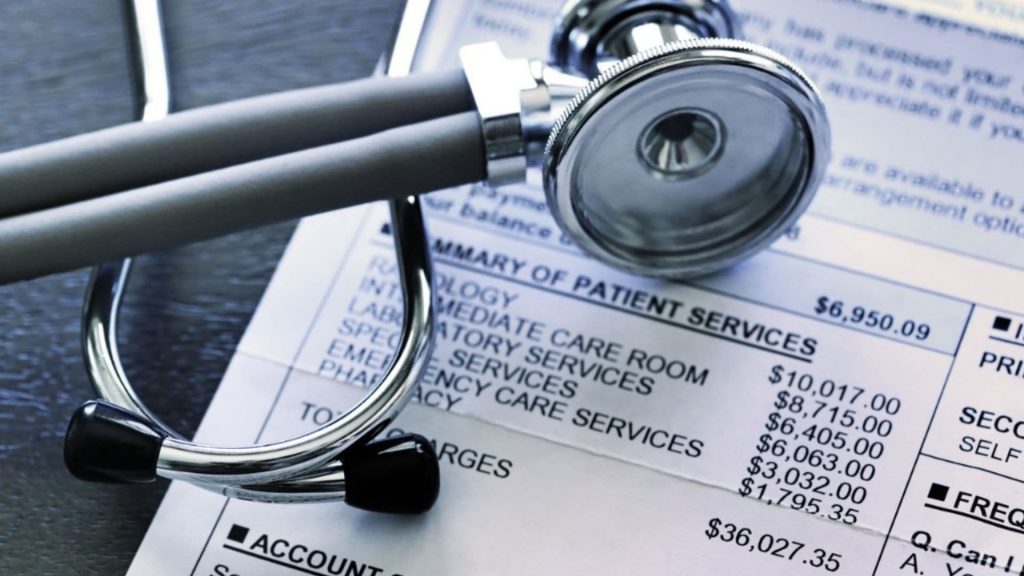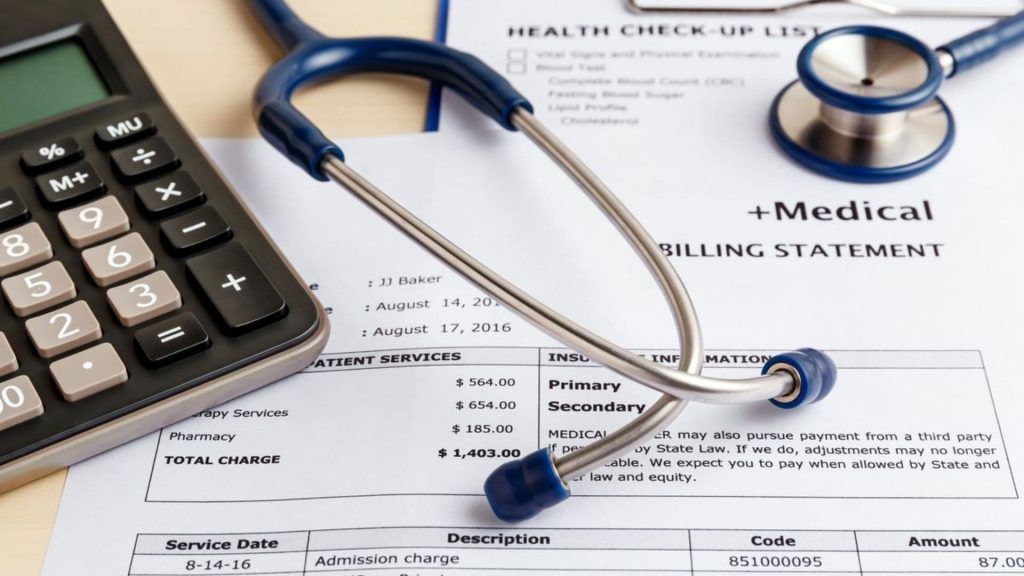
When it comes to tax season, understanding what qualifies as a deduction can be a game-changer, especially when it comes to medical expenses. If you’ve had a challenging year with healthcare costs, you may be wondering, “How much medical expenses are deductible this year?” The IRS allows you to deduct certain medical and dental expenses from your taxable income, which can reduce your overall tax liability. However, not all expenses are eligible, and the total amount you can deduct depends on several factors. In this article, we will break down what qualifies as a deductible medical expense, how much you can deduct, and what to keep in mind as you prepare your tax return for this year. Whether you’ve paid for insurance premiums, prescription medications, or hospital visits, understanding the rules around these deductions is key to maximizing your tax savings.
Medical expenses can be a significant burden, but knowing the ins and outs of deductions can make a big difference. For this year, the IRS allows you to deduct medical expenses that exceed 7.5% of your adjusted gross income (AGI), which is a key factor in determining how much you can actually write off. This means that if your medical expenses are substantial but your income is relatively high, the percentage you can deduct could still provide you with meaningful savings. However, it’s important to carefully track and document your expenses, as only those that exceed this threshold are deductible. In the following sections, we’ll dive deeper into how to calculate this threshold, what qualifies as a medical expense, and the steps you need to take to ensure you’re not missing out on any potential savings.

What Qualifies as a Deductible Medical Expense?
Not all healthcare-related costs can be deducted, so it’s important to understand which expenses qualify under IRS guidelines. Generally, any medical or dental care that you pay for can be deductible if it meets certain criteria. Some common examples include:
- Doctor Visits: Fees for consultations, exams, and treatment by a licensed physician.
- Hospital Services: Costs for inpatient or outpatient hospital care, including surgeries and diagnostic tests.
- Prescription Medications: Drugs prescribed by your doctor that are used to treat a medical condition.
- Medical Equipment: Items like wheelchairs, hearing aids, and crutches that are prescribed for medical use.
- Health Insurance Premiums: Payments for premiums to maintain health insurance coverage, including coverage through your employer or individual policies.
In addition to these, certain preventative care and treatments may also be deductible, such as vaccinations, screenings, and even some alternative therapies (if prescribed). It’s always a good idea to keep all receipts and documentation related to these expenses, as they will be necessary to support your deductions.
How to Calculate the Deductible Amount
To determine how much of your medical expenses you can deduct, you’ll need to know your adjusted gross income (AGI). This is the total amount of income you earn, adjusted for certain deductions and exemptions. The IRS requires that your total medical expenses must exceed 7.5% of your AGI before you can begin deducting them.
For example, if your AGI is $50,000, the threshold would be $3,750 (7.5% of $50,000). If you paid $6,000 in medical expenses during the year, you could only deduct the amount above $3,750, which in this case would be $2,250.
To calculate how much of your medical expenses are deductible, follow these steps:
- Determine Your AGI: Your AGI can be found on your tax return or through your accountant. It’s essentially your total income after specific deductions.
- Calculate 7.5% of Your AGI: Multiply your AGI by 0.075 to determine the threshold.
- Subtract the Threshold from Your Total Medical Expenses: Any amount above the threshold is what you can deduct from your taxable income.

What Doesn’t Qualify for a Medical Deduction?
While many healthcare-related expenses can be deducted, there are some costs that do not qualify for tax deductions. Common examples of ineligible expenses include:
- Cosmetic Surgery: Procedures done for aesthetic purposes rather than medical reasons.
- General Over-the-Counter Medications: Unless prescribed by a doctor, over-the-counter drugs like pain relievers or cold medicine cannot be deducted.
- Vitamins and Supplements: Unless they are specifically prescribed for a medical condition, vitamins and supplements do not count.
- Non-medical Costs Related to Health: Expenses like travel to medical appointments, meals during hospital stays, and home modifications (unless medically necessary) are generally not deductible.
Always check with the IRS or a tax professional if you’re unsure whether an expense qualifies.
Other Considerations for Medical Deductions
While most taxpayers claim their medical expenses on their Itemized Deductions, some may be able to take advantage of other deductions or credits. For instance, if you are self-employed, you may be eligible to deduct your health insurance premiums. There are also additional deductions for long-term care services, and special tax breaks for the elderly or individuals with disabilities.
If your medical expenses are relatively low and do not meet the 7.5% threshold, you may find it more beneficial to take the standard deduction instead of itemizing. In some cases, the standard deduction may result in a higher tax benefit, especially for those without significant medical expenses.
How to Keep Track of Medical Expenses
One of the most important aspects of claiming medical deductions is keeping accurate records throughout the year. Make sure to save all receipts, billing statements, and insurance records that reflect the amount you’ve spent on healthcare. You should also track payments for premiums, deductibles, and co-pays. Additionally, if you’re using a Health Savings Account (HSA) or a Flexible Spending Account (FSA), make sure to differentiate between the amounts paid with these tax-advantaged accounts and those paid out of pocket.
Using a healthcare-related app or spreadsheet can help you stay organized and ensure that you don’t miss any eligible deductions. At the end of the year, you’ll be able to quickly tally up your expenses and determine whether they exceed the 7.5% AGI threshold.

Conclusion: Maximize Your Tax Savings with Medical Deductions
Understanding how much medical expenses are deductible this year can make a big difference when it comes time to file your taxes. By keeping track of your eligible healthcare costs and calculating your deductions based on your AGI, you can reduce your taxable income and potentially lower your tax liability. Remember, the 7.5% threshold is key to unlocking these deductions, so ensure you’re tracking your medical expenses carefully throughout the year. If you’re ever unsure about what qualifies or how to calculate your deductions, consulting with a tax professional is always a good idea. With this knowledge in hand, you’re well on your way to maximizing your medical deductions and enjoying potential savings on your taxes.
FAQs
Q1: How much of my medical expenses are deductible?
A1: Medical expenses are deductible if they exceed 7.5% of your adjusted gross income (AGI). You can deduct the amount above that threshold.
Q2: Do I need to itemize my deductions to claim medical expenses?
A2: Yes, medical expenses must be claimed as part of your itemized deductions. If they are less than the standard deduction, you might be better off taking the standard deduction.
Q3: Are over-the-counter medications deductible?
A3: Over-the-counter medications are not deductible unless they are prescribed by a doctor.